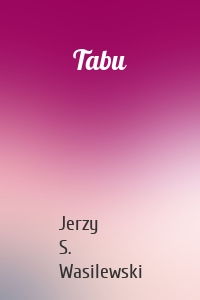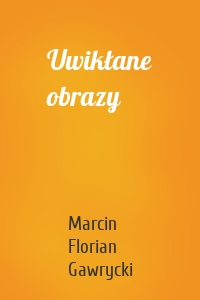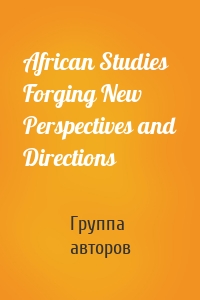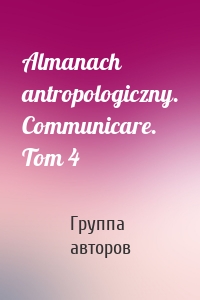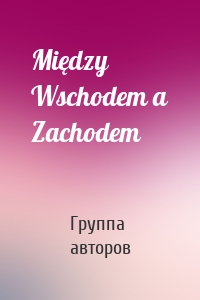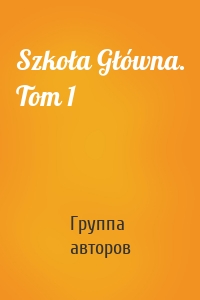Культурология
5677 кн.
Скатерть Лидии Либединской
Лидия Либединская (1921–2006) — прозаик, литературовед; урожденная Толстая, дочь поэтессы Татьяны Вечорки, автор книги воспоминаний «Зеленая лампа». Всю жизнь Лидия Либединская притягивала незаурядных людей, за столом ее гостеприимного дома собирался цвет нашей культуры: Корней Чуковский, Виктор Драгунский, Давид Самойлов, Семен Липкин, Булат Окуджава, Каверины, Заболоцкие… Самодельная белая скатерть, за которой проходили застольные беседы, стала ее Чукоккалой. Литераторы, художники, артисты и...
| Автор | Наталья Громова |
| Жанр | Культурология, Биографии и Мемуары |
| Год | 2013 |








